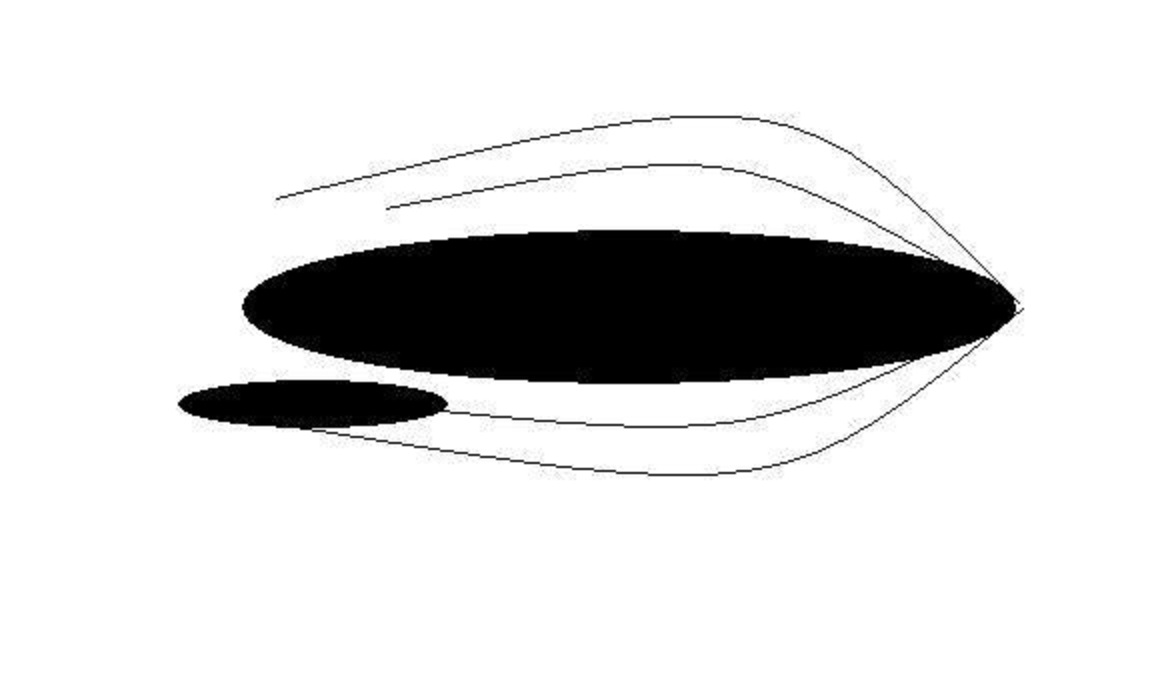#COLREGs-Rule2
You may remember saying to your parents, “but the other kids were doing it!” It didn’t work then – and it won’t work in front of an Admiralty or Maritime Board either… But this time you will be looking for an excuse for following the rules – when you should have broken them!
Time To Take Responsibilty!
The COLREGs are dominated by Rule 2 – which essentially provides not just a free pass for breaking all the Rules but a requirement that you do if the failure to do so will cause a collision at sea…!
What does it actually say?
Rule 2
Responsibility
(a) Nothing in these Rules shall exonerate any vessel, or the owner, master, or crew thereof, from the consequences of any neglect to comply with these Rules or of the neglect of any precaution which may be required by the ordinary practice of seamen, or by the special circumstances of the case.
(b) In construing and complying with these Rules due regard shall be had to all dangers of navigation and collision and to any special circumstances, including the limitations of the vessels involved, which may make a departure from these Rules necessary to avoid immediate danger.
Take a close look at 2(b) (emphasis mine). As I said, it is not just a free pass for breaking all the Rules but a requirement that we do so. It essentially makes 2(b) the most important Rule since it trumps all other Rules. It removes any argument that a participant in a collision is without fault since it obligates the vessel’s master – or crew – to do everything possible to avoid a collision at sea. Note also that it speaks to the “limitations of the vessels involved” in the calculus of deciding whether to follow the Rules or to break them…
How do you know when to or what would be reasons to do so? What if “coming to starboard and going under the stern of a vessel crossing from your starboard side” would put you onto rocks or into the shallows? (See SSP – July 11, 2007 – At the Crossroads – Rule 15) Does that mean it is OK to speed up and pass ahead? I wouldn’t – ever! Just stop and let the skipper behind you deal with the new situation (he is the give-way vessel now – see SSP – May 30, 2007 – Prevention of Collision At Sea – Overtaking, a Meeting – Rule 13.)
What about a circumstance when you are the stand-on vessel and another skipper on your port side has not indicated in any way that he recognizes that he is about to cross ahead of you? Should you speed ahead to ensure he passes behind you? I wouldn’t – ever! (see SSP – July 25, 2007 – Prevention of Collision At Sea – And in our Bays and Creeks – Rules 7-8-9 (especially Rule 8 – Action to Avoid Collision)). You can stop or, if that is impossible under the circumstances, at least slow or even turn to starboard and try to run parallel to the offending skipper.
Sucked In!
Under those circumstances, and the offending skipper is driving a “battle wagon” of a boat, be very wary of a little understood hydrodynamic effect of running parallel to a large vessel – suction!
The combination of the wide bow wave of the larger vessel, which spreads out from the bow and then collapses back towards the stern of the vessel, and his prop wash can draw you right into her. And you will look like the over-taking vessel…
..
.
.
.
.
If you think this is too far-fetched, there is a famous naval collision that speaks directly to this circumstance. It happened on September 20, 1911 and it involved the 882-foot ocean liner RMS Olympic and the 360-foot British man-o’-war HMS Hawke near the Isle of Wight.
Hawke saw Olympic on her port side but not reacting to signals and whistles so Hawke put the helm over hard to starboard to attempt to run parallel. Within seconds, the suction effect of the far larger RMS Olympic pulled the HMS Hawke into her. An official Board of Inquiry eventually found largely against Olympic but White Star, the owner of the RMS Olympic, countered that Hawke was at fault as the over-taking vessel and steered directly into her. After many scientific experiments using the technology of the day, Hawke withstood the challenge based on the suction effect of the RMS Olympic. The captain of the RMS Olympic said that, “In all my 31 years as a White Star captain, I have never heard of such a theory as suction.”
The captain’s name was Edward J. Smith. His next commission was a ship even grander than the Olympic.
It was RMS Titanic

